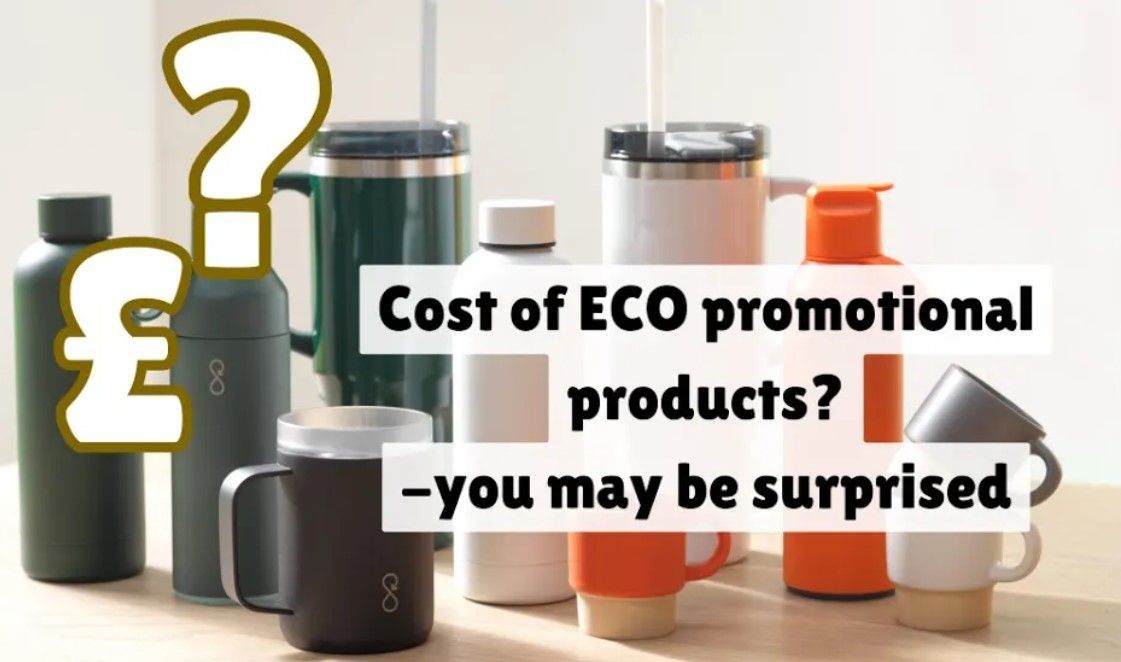Brands and the Environment - August News
How brands are helping to changing the environment.

In this blog we pick out the stories that highlight what some brands are doing right and wrong with regard to their environmental impact.
1. Tesco and the Christmas Glitter Ban
The Guardian reportsthis month that Tesco is removing glitter form its Christmas trees and plants.
Glitter is made from a metallised form of polyethylene; this is a non-recyclable and is a source of micro plastic pollution. Tesco stores are replacing the glitter on its trees with a biodegradable form. What was strange about the good news story is that all the glitter on the cards and other products is not changing – something they may not have been criticised for had they not highlighted the issue.
When Christmas does roll around and you're thinking of decorating the home or office with a tree, be sure to ask about the glitter on the tree should you get one.
2. Brexit and Recycling
Brexit is literally everywhere, and no matter which side you fall down on, no doubt you are sick of hearing about it as much as we are. However, Brexit is even getting into the recycling stories.
The BBC report
that many Councils in England will be forced to put more waste
to landfill because they currently export waste for recycling and this now
appears uncertain. A no-deal Brexit forces WTO trading rules under which it is
not clear if exports of waste should be "classed as importing a service - waste processing - or exporting a good - a type of fuel".
The result may be a fall in recycling rates.
3) Amazon Under Fire for Prime Packaging
The Guardian also reports
Amazon has introduced
a new Prime packaging system that because of its multi-material make up cannot
be recycled in the UK. Is this a major step back in the fight against the the reduction of plastic.
What was most interesting was that Amazon themselves highlighted the issue, saying " Amazon’s Second Chancewebsite, which details how customers should recycle its packaging, states the Prime-branded envelopes are “not widely recycled across the UK”.
Marketing on environmental issues seems to be a challenge even for the major brands with their significant resources.





